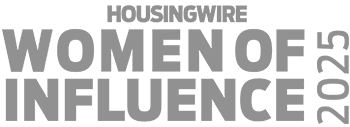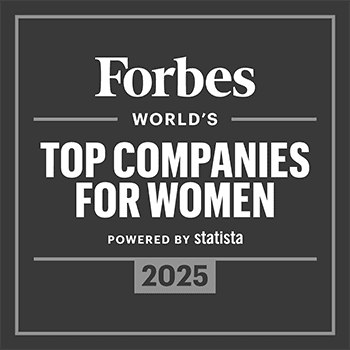In the aftermath of the pandemic, headlines focused on the consequences of lockdowns and the rise in gender inequality in work and education. So where are we today? The Global Gender Gap report published by the World Economic Forum in June 2023 provides data on gender parity for women. The annual report is an index demonstrating the momentum around gender parity across four key elements for gender inclusion: economic participation and opportunity, educational attainment, health and survival, and political empowerment. The Index, now in its seventeenth year, covers 146 countries. The ‘Drop to the Top’ refers to the decline of women in C-suite and senior leadership roles.
The measurements used in the WEF index are based on gender parity. Gender parity demonstrates the proportionate representation of men and women in specific sectors, such as economic activity, education, and health. These pillars illustrate the level of preparedness in countries to capitalize on the full participation of women. The pandemic disrupted women’s participation across all aspects; economic, health, and educational opportunities. The Index demonstrates the global parity score is back to pre-pandemic levels. Great news, but there is a lot more work to do. In 2020 the WEF report predicted it would take 100 years to achieve parity. This figure has now increased to 131 years. At this rate of progress, we won’t see global gender parity for five generations. The statistics are even more concerning when you delve into specific sectors; it will take 162 years to close the Political Empowerment gender gap and 169 years to close the Economic Participation and Opportunity gender gap.
No country has achieved full gender parity. However, the top nine countries have closed at least 80% of their gap; Norway, Finland, New Zealand, Sweden, Germany, and Lithuania. Iceland is the only country to reach 90% (91.2%). Namibia (80.2%) and Nicaragua (81.1%) are the two unexpected countries in the top ten. Ireland (79.5%) and Rwanda (79.4%) have dropped out of the top 10 countries. In previous reports, North America has dominated the Index. Still, this year its ranking of 75% lowers the country to second place, while Europe has taken the lead at 76.3%. The order of regions is as follows; Europe, North America, Latin America, and the Caribbean (74.3%, Eurasia and Central Asia (69%), East Asia and the Pacific (68.8%), Sub-Saharan Africa (68.2%) trailing at 62.% is the Middle East and North Africa.
Women have been re-entering the workforce in the labor market at a slightly higher rate than men, but overall numbers are still low. In 2023 the labor-force participation rate increased from 63% to 64%, which is still lower than the peak of 69% in 2009. Although numbers are improving, the type of employment secured by women with a significant proportion in the informal economy, representing 80% of employment opportunities for women, compared to 67% for men.
The statistics for women in the formal economy demonstrate where progress has slowed or stalled. The 2023 report shows that women account for 41.9% of the workforce in 2023. Yet, the proportion of women in senior leadership roles (Vice-President, Director, or C-suite) has dropped by 10% to 32.2.%. The level of variance signifies considerable disparity across sectors. In consumer services, retail, and education, the ratio of women in C-suite versus entry-level representation is between 64% to 68%.
In contrast, in Construction, Financial Services, and Real Estate, the ratio of C-suite to entry-level is less than 50%. The ‘Drop to the Top’ flags an essential shift in women’s leadership positions. Since 2015 the proportion of women appointed to leadership positions has been steadily increasing by 1% annually globally. This trend started reversing in 2022, and current levels are back to where we were in 2021.
The reasons for the decline of women in C-suite and senior leadership roles are complex and a combination of women being pushed out of corporate positions or choosing to leave. Irrespective of the levers, the bottom line is negative for corporates financially and in terms of culture and broader society. From a talent retention perspective, movement is a small trickle specific to a sector or region. As this data shows, it’s a steady stream; without a conscious intervention approach, it will become a waterfall.
What do you need to focus on?
The gender agenda is not done. The statistics in this article highlight that we are in regression. Activities and budgets need to protect gender diversity initiatives; three aspects, in particular, are essential.
- Women’s leadership programs are designed explicitly through a gender lens to provide leadership capabilities for women. Women’s programs have been found to address leadership growth, strengthen confidence, and, more importantly, demonstrate the organization’s commitment to retaining and promoting female talent.
- Interventions with a track record of achieving career mobility for women, championing, and sponsorship are significantly more impactful than mentoring. Mentoring creates a feel-good factor, but championing propels the trajectory for more women to move into leadership roles.
- Increasing the visibility of female talent across the organization; providing role models at all levels to demonstrate diversity in female leadership. Remember – you cannot see what you cannot be.
Committing to gender diversity at work is not a short-term goal. Without constant and conscious attention to deploying resources, further regression and apathy are risks. It’s time to turn the tables and switch the Drop to the Rise to the Top.








Subscribe
JOIN OUR LIST